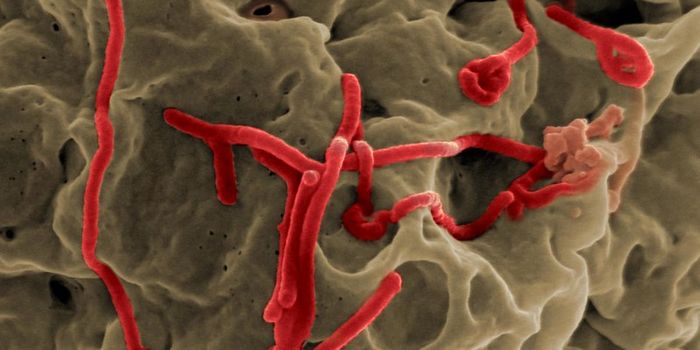Back to Nature: the Health Benefits of Nature Prescriptions
With modern amenities and luxuries, it's easy to be unaware of just how much we may neglect the outdoors and its health benefits. Not prioritizing our time outdoors has given way to the "nature prescription."
Some doctors now give advice to spend more time in nature. This advice, though, is much like a prescription where they educate their patients on the health benefits of spending time in nature and specify the form, quantity, and frequency of the recommended amount.
Efforts to educate healthcare providers on these nature prescriptions come from park prescription programs like Park Rx. According to the Institute at the Golden Gate, in 2020, there were more than 100 of these park prescription programs in the US.
Urbanization, at least in part, is thought to be behind this new nature prescription phenomenon. Even back in the 1800s, Central Park was created in response to unhealthy conditions from overcrowding. Today, urbanization is associated with an increased risk of anxiety and mood disorders. According to Stanford University, city-dwellers have a 20% greater risk of developing anxiety and a 40% higher risk of developing a mood disorder compared to rural-dwellers. People born and raised in the city are also twice as likely to develop schizophrenia.
In 2021, the University of Michigan reported that 83% of people in the US live in cities. The Environmental Protection Agency estimates that Americans spend 90% of their time indoors and another 6% of their time in vehicles. A lack of exposure to nature may be a contributing factor to the rise in mental health disease in urban areas.
What are some of the health benefits of spending time in nature that science has found? In Japan, people take part in "forest bathing" where they walk around in nature, paying special attention to the moment by noticing details in their environment. In a 2007 study in the International Journal of Immunopathology and Pharmacology, "forest bathing" was linked to a healthier immune response. Participants had increased numbers and activity of natural killer cells and raised levels of anti-cancer proteins, thought to be a response to antimicrobial compounds that trees release, phytoncides.
In a 2015 study from Stanford University, researchers scanned the brains of participants who had either walked in a natural setting or on a busy city street. Although little difference was found between heart and respiration rates between the two groups, marked differences were noted in brain activity. Participants who walked in nature had decreased activity in the part of the brain associated with rumination, the subgenual prefrontal cortex. Rumination, where a person repeatedly thinks about something stressful, is a risk factor for developing mental illness.
Looks like this "common sense" treatment may have some benefits in shifting our perspectives to something larger than ourselves.
Sources: Medscape, Int J Immunopathol Pharmacol, Stanford News








